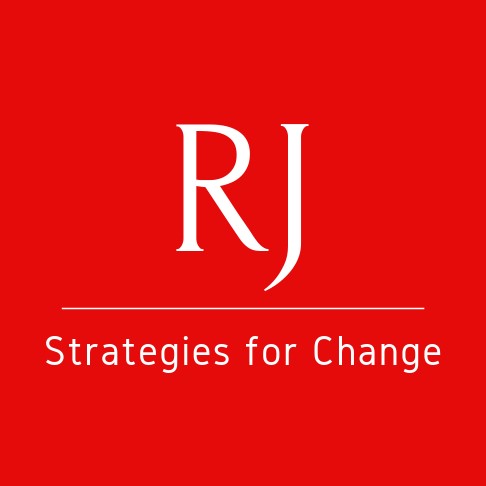Dr. Ian D. Marder
Maynooth University, School of Law and Criminology
Following our mapping exercises of restorative justice in Ireland in 2019 and 2020, we are pleased to publish a third dataset, covering the 2021 and 2022 calendar years. The new data provide a tentative picture of the number of referrals that restorative justice services received in the past two years and the numbers of cases completed, including those that involved direct and indirect victim dialogue.
As in previous years, the dataset is imperfect and partial. We are very grateful to service providers for working with us to try to collate these data, despite the need, in many cases, for this to be done manually. As former Restorative Justice: Strategies for Change partner Dr. Kieran O’Dwyer wrote in our blog, measuring restorative justice in Ireland presents significant challenges.
The caveats are sufficient that we should probably begin with them. First, our datasets from 2021 and 2022 are slightly different from those from 2019 and 2020. For example, we have not yet been able to obtain data from An Garda Síochána on the use of restorative justice with youth cautions for 2021 and 2022. This requires us to deduct the Garda figures from previous years when comparing national caseloads over the four-year period.
Second, as in previous years, the 2021 and 2022 datasets are incomplete. This is for two reasons. As noted, gaps in data recording and management systems required mangers and caseworkers to trawl through files and count completions manually. In addition, some providers lacked access to records from previous years or from parts of their wider organisations, consequently omitting some cases.
Finally, as in previous years, our headline figure for ‘referrals’ combines the referral figures for most organisations and ‘cases worked’ figures for others. For example, Le Chéile’s figures from 2019-2022 are of cases worked, whereas RJS and RJC provided referral numbers. For Probation, the figures from 2019 and 2020 were of cases worked, but for 2021 and 2022 are for court referrals (thus excluding cases initiated by victims or Probation Officers, although these feature among completed cases).
Despite their partial and imperfect nature, the figures still give some sense of the scale of restorative justice in Ireland, relative to criminal justice caseloads. We can also use them to track any changes in referral levels over time – albeit, with limits to the comparability of datasets from different years. We estimate that the services that provided figures received at least 395 referrals in 2021 and at least 413 referrals in 2022. The equivalent estimates were 721 in 2019 and 340 in 2020.
What can we tell from these data? First of all, we can infer that referrals were lower in 2022 than in 2019. Putting aside figures from the ‘pandemic years’ of 2020 and 2021, we had hoped to see higher referrals in 2022, given the momentum behind restorative justice before COVID-19 hit. We must do more to increase knowledge of restorative justice among professionals who initiate and refer cases – such as Gardaí, the Judiciary and Probation Officers – if we expect cases to rise in 2023 or 2024. We also have to make it easier to refer or assess for restorative justice, and to change mindsets so that offering restorative justice becomes the default, not the exception.
Secondly, it seems that only a tiny proportion of people are being offered restorative justice. We do not yet know criminal justice caseloads in 2022, but in 2021, the District Court resolved over 264,000 offences and Probation dealt with over 15,000 people in the community – figures expected to rise in 2022 when restrictions lifted. We can therefore assume that most victims are not offered restorative justice, despite the Criminal Justice (Victims of Crime) Act 2017 s.7 requiring that victims receive information about restorative justice services, where available.
Given that restorative justice is available pre-and post-sentence from the Probation Service and, in parts of Ireland, other providers, all victims whose cases are to be sentenced at court should receive this information. Of course, it would overwhelm existing services if this began to happen. This legal obligation can only be met if the Government makes a substantial investment in new services, as we set out in a briefing for the Criminal Justice Strategic Committee in 2021. Capacity building features among the 21 Actions in last year’s Penal Policy Review and in the Programme for Government.
That restorative justice can support desistance and victim recovery is clear. Its potential to address court backlogs and prison overcrowding, moreover, is especially relevant at this time. The social and economic cases for offering restorative justice are compelling. Ireland needs a paradigm shift when it comes to restorative justice.
We hope to work with the Government and other stakeholders to achieve this in the coming months and years.
